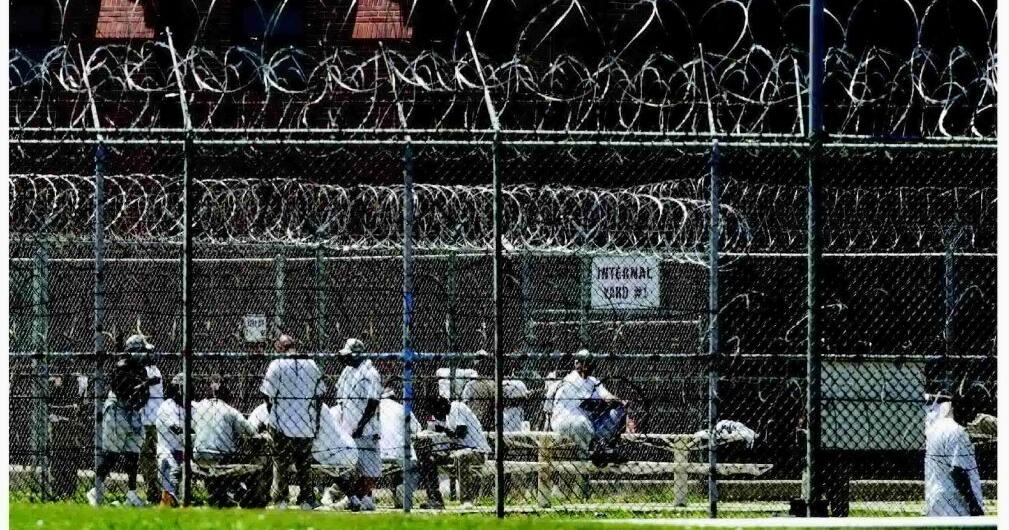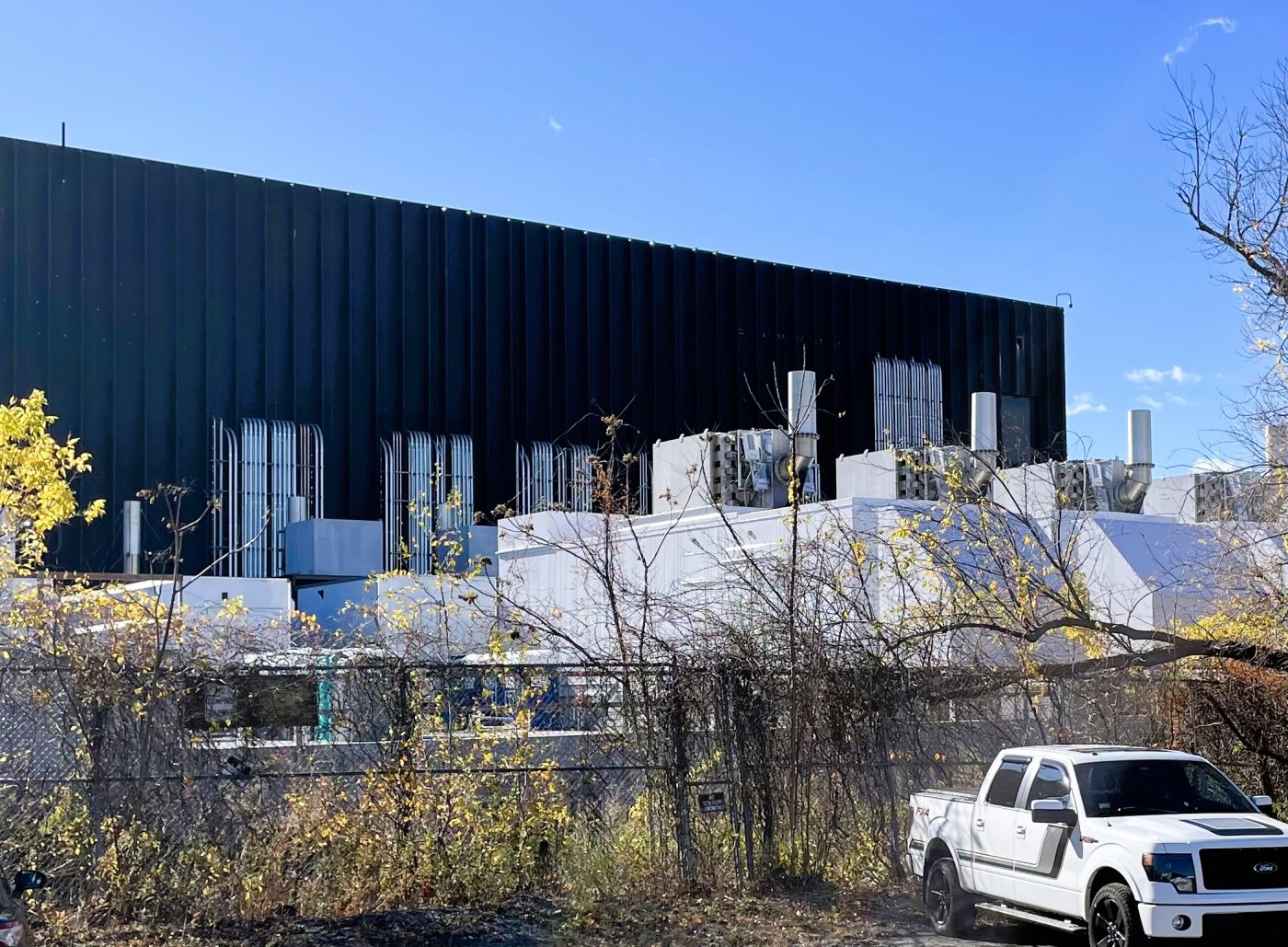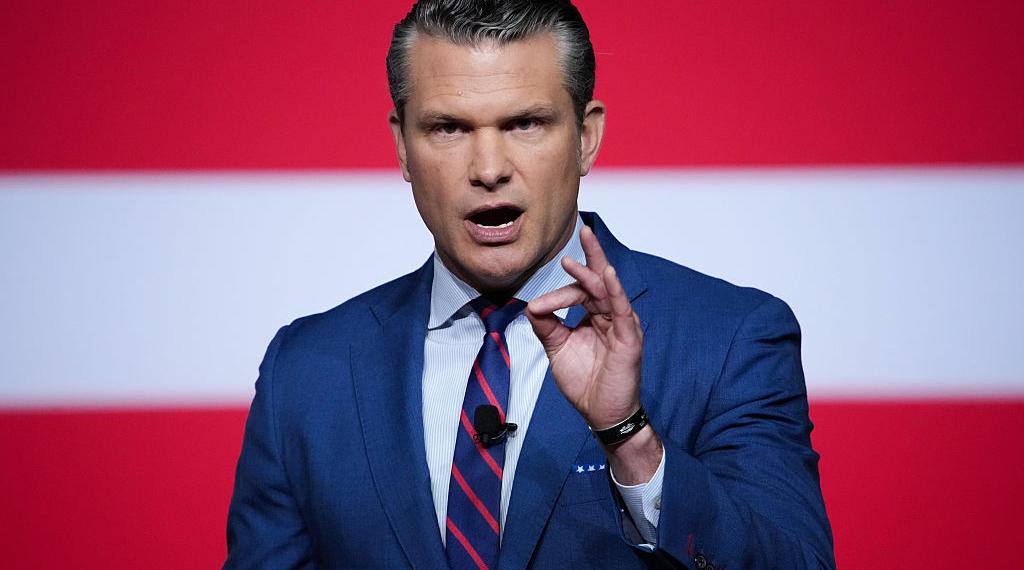A proposed early release plan by the Nebraska Department of Correctional Services has sparked considerable backlash from various stakeholders, including lawmakers and community advocates. The initiative aims to reduce the state’s prison population by releasing approximately 1,700 inmates over the next year, a move that officials claim is necessary to address longstanding overcrowding issues.
Concerns regarding public safety have emerged as a primary point of contention. While supporters of the plan argue that early releases could help alleviate the burden on the corrections system, critics contend that it poses risks to communities. Governor Jim Pillen has faced pressure from both sides, with some lawmakers advocating for a more cautious approach to ensure that violent offenders are not released prematurely.
Under the early release plan, eligible inmates would be those who have served at least 40% of their sentences and have demonstrated good behavior. Proponents emphasize that the initiative is designed to provide second chances for non-violent offenders and facilitate their reintegration into society. However, opponents argue that the criteria for eligibility may still allow individuals who pose a threat to public safety to be released too soon.
Legislative Concerns and Community Responses
The Nebraska Legislature has expressed concerns over the plan, with several legislators calling for hearings to investigate its implications further. Lawmakers are particularly focused on understanding how the early release could impact crime rates and community safety. Some community members have voiced their apprehension, fearing that releasing inmates without adequate support systems could lead to increased recidivism.
Additionally, advocacy groups have raised issues about the adequacy of resources available to assist released individuals. Concerns about housing, employment opportunities, and mental health support are paramount, as these factors are critical for successful reintegration. Many advocates argue that the focus should be on comprehensive rehabilitation programs rather than merely reducing prison populations.
The proposed changes come at a time when Nebraska’s prison system is facing significant challenges. Overcrowding has reached critical levels, with facilities operating at over 160% of their intended capacity. This has led to increased tensions within the prison environment and raised questions about the adequacy of healthcare and safety for inmates and staff alike.
Future Implications and Next Steps
Looking ahead, the Nebraska Department of Correctional Services plans to continue discussions with stakeholders to refine the early release plan. The department aims to address the concerns raised by lawmakers and community members while still working towards its goal of reducing overcrowding.
As the situation evolves, it remains clear that the balance between public safety and the need for systemic reform will be a focal point in Nebraska’s legislative discussions. The outcome of these debates could shape the future of the state’s corrections policies and impact the lives of thousands of inmates and their families.
With the plan set to be reviewed in the coming weeks, all eyes will be on the Nebraska Legislature as they navigate the complex interplay of justice, safety, and rehabilitation.







